Electric guitar for beginners
20 tips for improving sound, playing and performance

Electric guitar for beginners
WORLD GUITAR DAY 2017: Electric guitar for beginners. Picking up a guitar for the first time can be a daunting experience. With all those musical possibilities literally at your fingertips, it's easy to feel overwhelmed. That's why we have put together 20 tips for beginners looking to get serious by improving their playing.

Learn a few key terms
It is important to get your head around a few key terms before you get going.
For example, we hear a lot about guitar riffs, but as a novice you may be confused about what this actually means. Well, a riff is a short, musical phrase using chords or single notes that’s repeated as part of the main structure of a track. Listen to the intro to Led Zeppelin’s Heartbreaker or Paranoid by Black Sabbath and you’ll get the idea of how riffs work.

Start strumming
Strumming is another oft-used phrase that you should get to grips with early on.
Strumming means that you strike several strings at once with a single pick stroke. Rhythm guitar playing is based on strumming downstrokes and upstrokes. Use a fairly soft pick for strumming. Hard picks are more suited to lead playing. About half of the pick should be visible when you are strumming.
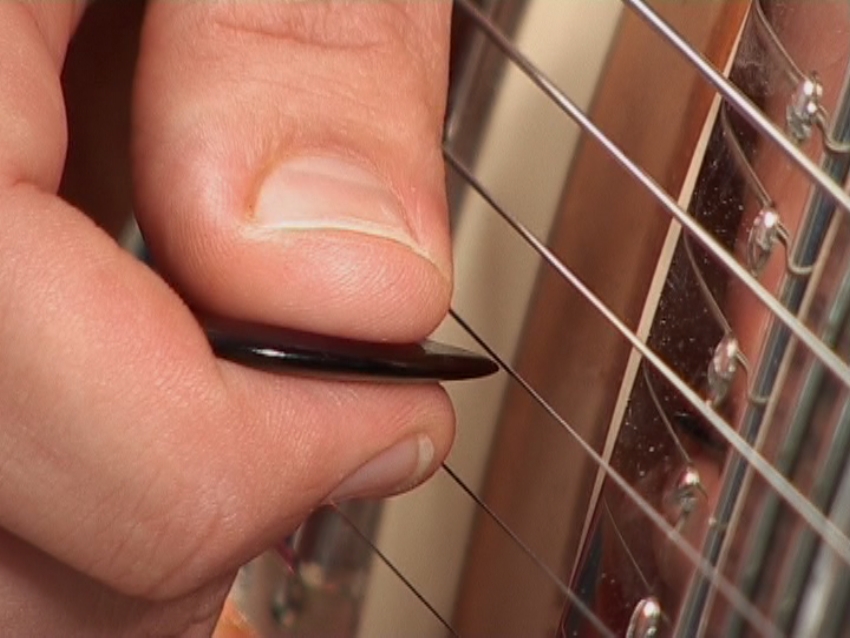
Master picking
Picking the strings is perhaps the most basic of all guitar techniques. There are only really two kinds of picking: downstrokes and upstrokes. A downstroke means you pick down towards the ground, and an upstroke means you pick upwards. Simple!
In rock guitar music, you will often find long streams of fast picked notes (especially in solos). Choosing the right direction in which to pick makes music like this easier to play. A good way to start thinking about picking is to use what is known as alternate picking. This is a simple concept: switch (or alternate) between a downstroke and an upstroke on every note. This approach works especially well when you have a long run of notes, all on the same string.
The best pickers tie in their alternating strokes so that they nearly always play a downstroke on the strong beats in the music, with upstrokes in between. Downstrokes are generally easier, after all, so it’s more intuitive to use them on the stronger pulses.

Get comfortable
You may dream of pulling off incredible solos while spinning on your back, Angus style, but when starting out it’s important to think comfort and ergonomics.
For instance, chords are easier to play if your posture is good. Sit incorrectly and your fingers won’t reach the fretboard properly. Instead, sit on a stool or chair that enables you to keep your back straight.
Assuming that you’re right handed, place the guitar on your right leg and bring your right arm over the body so that your pick hand rests near the strings. Classical players prefer to place the guitar on the opposite leg (the left leg for a right handed player) and support the left foot on a foot stool.

Keep it fresh
Keeping things fresh and avoiding staleness while practicing is massive if you want to steer clear of smashing your guitar against the wall in frustration.
To help with this, you should try something new every time you play. This could be a new chord sequence, strumming pattern, solo or just about anything. Mixing it up will stop you from hitting a wall with your playing.

Get things in proportion
You might think that locking yourself in your bedroom with your guitar for eight hours a day straight is the way to go, and sure it has worked for some guitarists in the past.
However, we believe you would be better of practicing little and often. It’s more effective than doing a long session once a week. Beginners should aim for half an hour’s practice a day to maintain a steady, and effective, learning pace.

Play to a click
Playing to a metronome can be a scary thought even for guitarists that have been playing for years, but it is a vital skill to acquire as early as possible.
By practising playing guitar with a metronome, you will see improvements in timing, accuracy and speed much sooner if you use one. It will also come in handy when your drummer is playing hopelessly out of time.
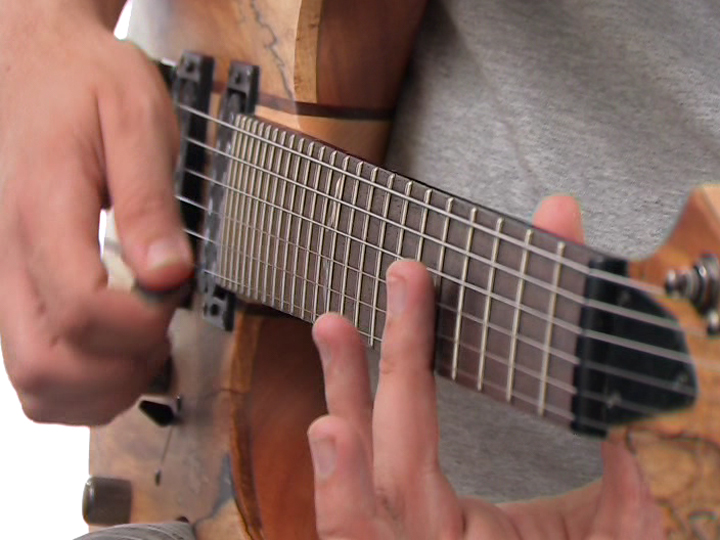
Think small
Don't freak out and get intimidated by pieces that look or feel complicated to play. When you learn it bar by bar, suddenly it becomes much easier to handle.
In other words, break down passages that are difficult to play into short, bite-sized chunks. That way learning a piece won’t seem like a mammoth task that leaves you feeling daunted and ultimately defeated. Sometimes it helps to work on each hand separately, too.

Tackle powerchords
Powerchords are one of the most common chord types that guitarists play. Rock, heavy metal and punk are best known for powerchord riffing, but no matter what style of music you listen to and play there are sure to be powerchords involved somewhere.
Your aim should be to change position quickly but without making any extra noise, for example, by scraping the strings. Keeping the strings quiet requires a deft touch, especially if you’re using a distorted sound that can amplify the string noise.
Hold your fingers in the shape of the chord as you change position, resisting any urge to let your fingers relax and move away from the strings. The closer your fingers stay to the strings, the less distance they have to travel and the smoother your chord changes will sound.
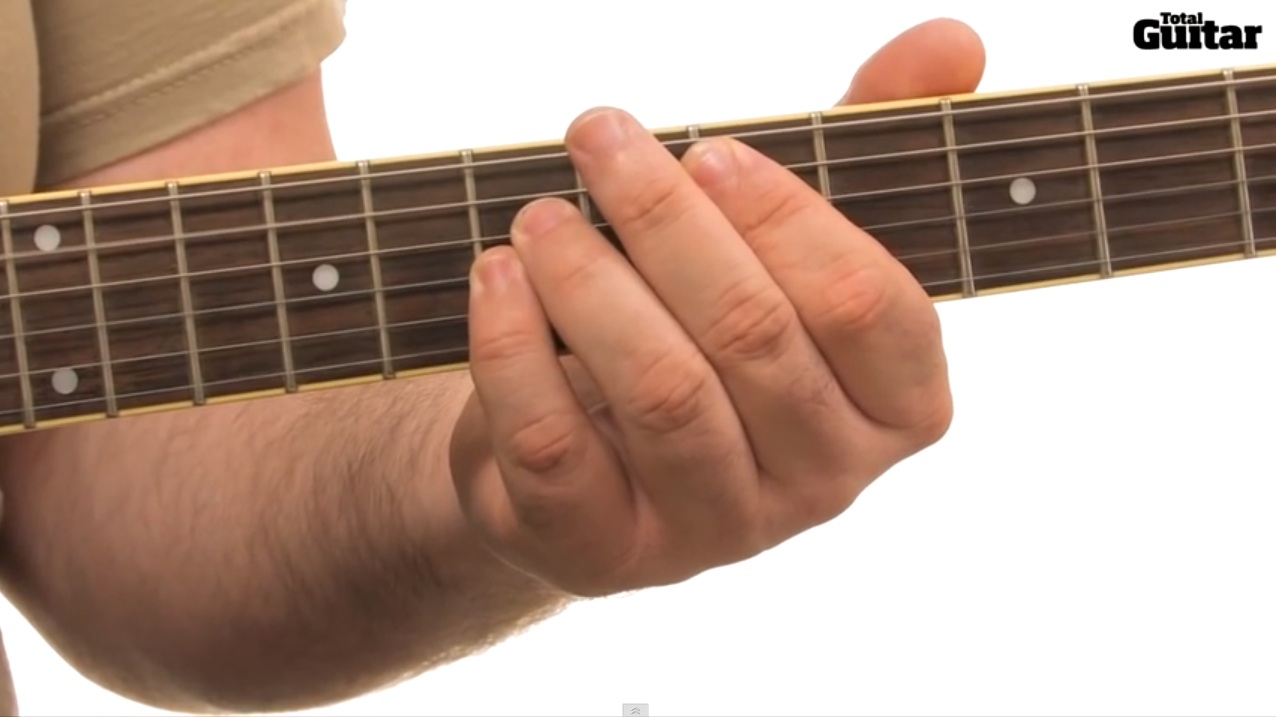
Change shapes
The best thing about powerchords is that you can move them into loads of different positions on your guitar’s neck using just one easy shape.
In fact, you will soon find dozens of powerchords at your disposal using this one basic fingering pattern. Obviously, then, you have to master the chord shape itself.

Fatten your sound with vibrato
Once you’ve mastered a few chords and riffs you can begin thinking about working on your sound. One way to do this is through vibrato.
Vibrato is a subtle, repeated variation in pitch that’s used to enrich and fatten the sound of individual notes. This is achieved on the guitar by rapidly bending the string back and forth. Because the string is usually only bent by just a fraction of a semitone, performing vibrato is not quite the same as a string bend.
Vibrato is more of an inflection than a deliberate change in pitch. Despite the almost subconscious nature of the technique, you can practise and refine your vibrato. Try analysing other players’ styles and look at the hand movements they use to create their own signature sound. BB King’s vibrato on The Thrill Is Gone is a great place to start.
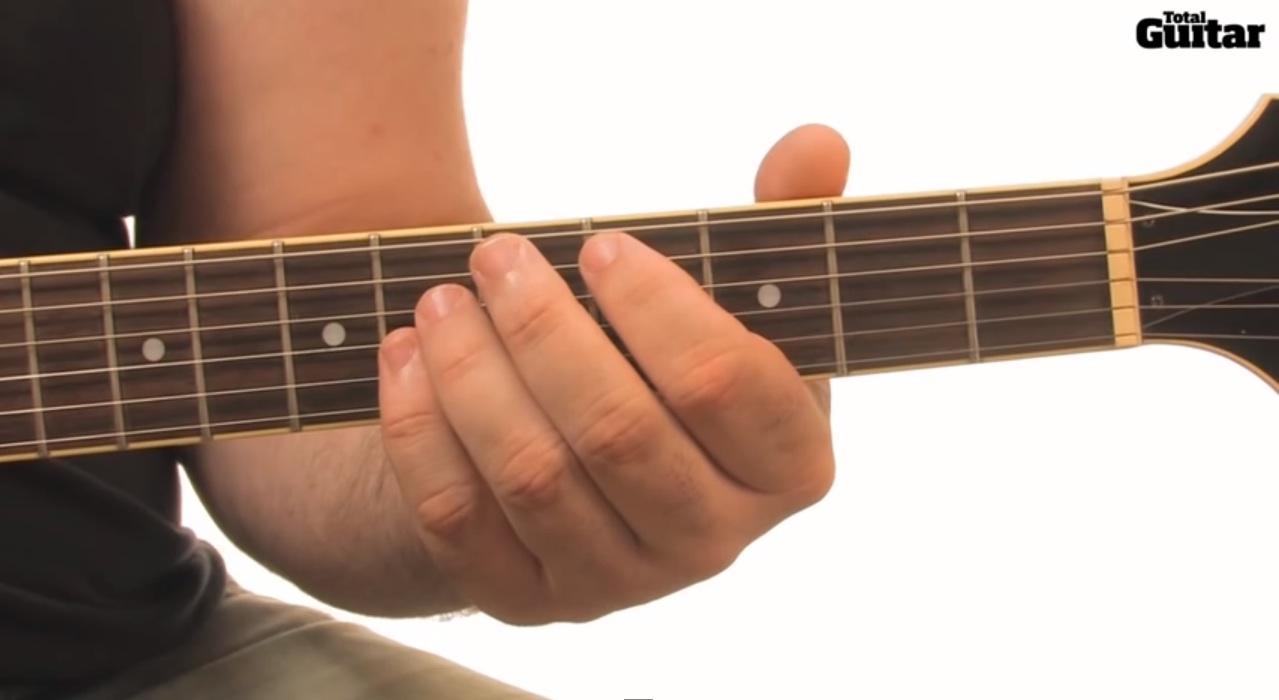
Palm muting
Palm muting is used in all styles of electric guitar music such as rock, funk, punk, indie, metal, jazz and so on. The question is, how do you do it?
Well, the idea is simple. You rest the edge of your picking hand on the strings just where they meet the bridge of your guitar. You can either mute the strings entirely (useful for keeping your guitar quiet during long pauses in music) or you can partially mute the strings to create a chunky sound.
One of the best ways to use palm muting is to couple palm-muted low strings with ringing powerchords. This creates a sense of contrast between the chugging low notes and the fuller-sounding chords. It’s also an essential heavy metal rhythm guitar technique where you can almost create the illusion of two guitars playing together.

Pay attention to lead when you're ready
If you dream of becoming the next Slash, assuming you've got the basics down you will next want to focus on your lead work and soloing skills. When you start playing lead guitar there are two skills to focus upon: fretting and picking.
Fretting is when you press a string against the neck, just behind a fret, and this is how you change from note to note. Fret notes on the guitar by pressing each string against the neck behind the relevant fret, and make the process easier by using one finger for each fret.
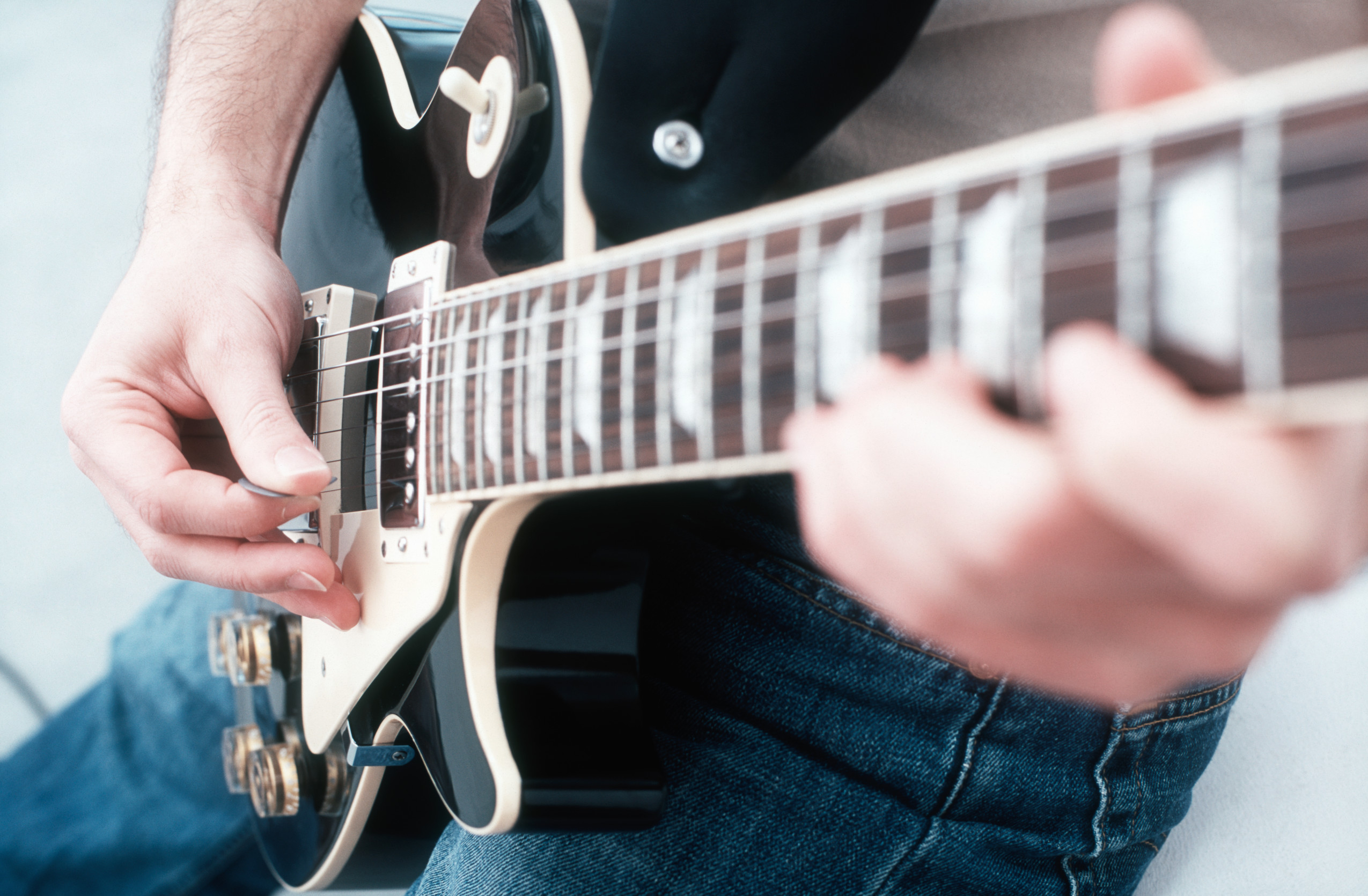
Using complex rhythms for soloing
A great way to get started with soloing is to use complex rhythms. Complex might not sound like the best place to start, but bear with us...
Start by picking one single note. It could be an open string or a fretted note - either is fine. Pick down towards the ground and then pick again, but upwards this time. Simply repeat this process in a constant ‘down, up’ pattern. This method unlocks a massive number of potential rhythmic ideas that are achievable for beginners.
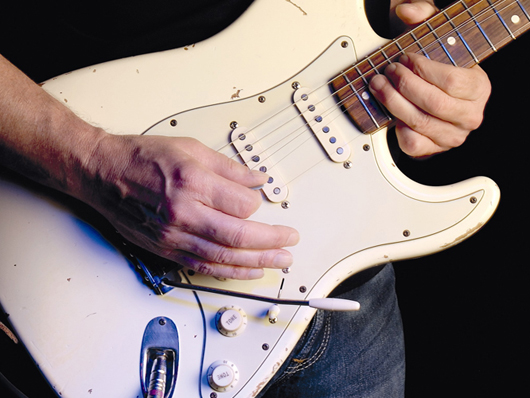
Learn your scales
Scales are a key part of lead guitar playing, helping you improve your picking and fretting. Learning scale theory helps you learn about how chords are constructed so that you can improve your rhythm playing, too.
For now, aim to learn these two common scales: the A minor pentatonic and C major scales. Both scales are one-finger-per-fret patterns so that you can use all four fingers at four frets that are next to each other.
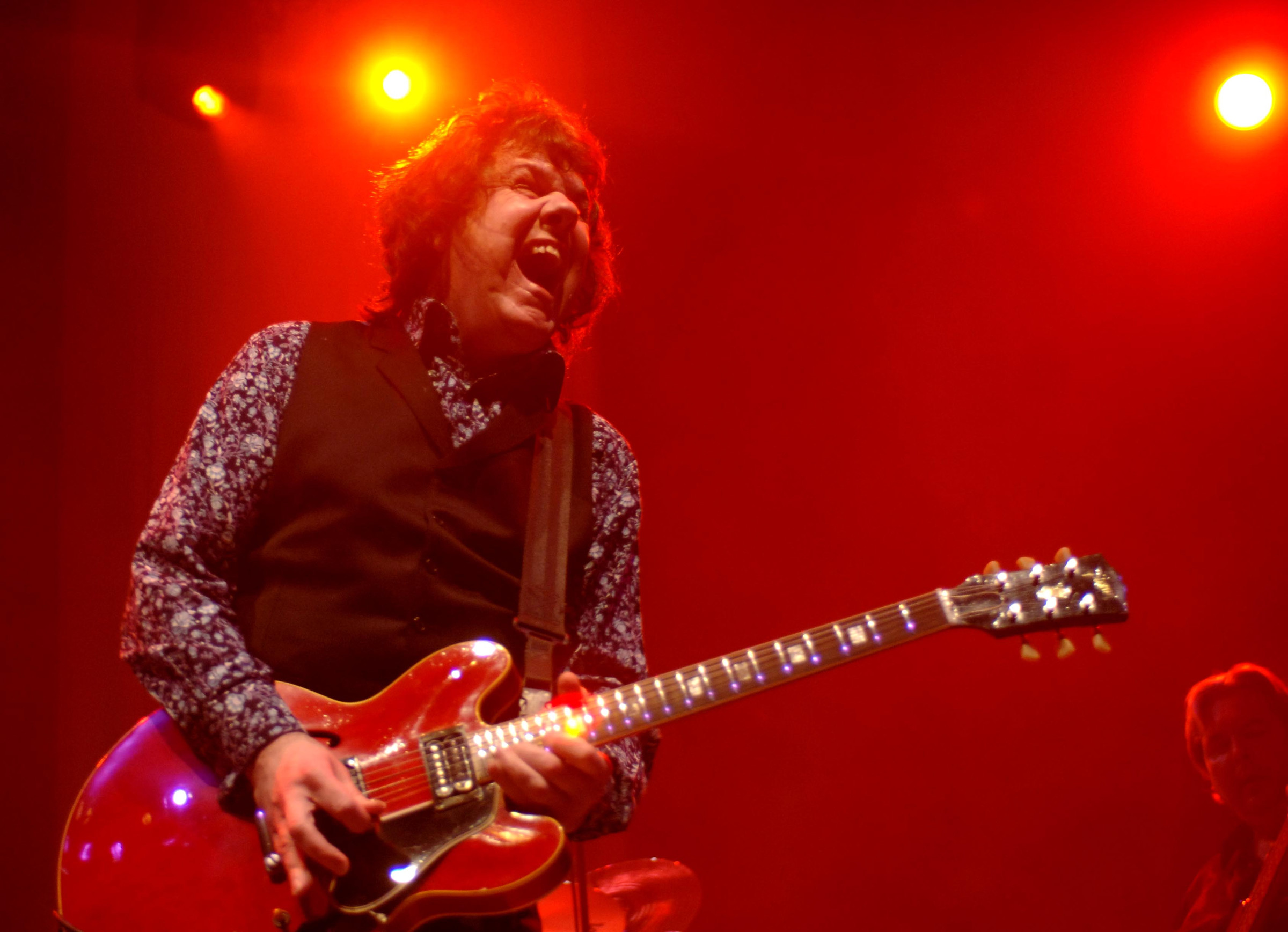
Think outside the box
You might love one genre of music at the expense of all others, but by embracing a wide array of sounds and styles you will actually improve your playing.
For instance, you might love rock but by learning the blues scale you will gain an array of new options for your rock guitar playing. The blues scale is also great for beginners because it can help you limber up your fingers and get used to playing lead guitar licks.

The power of drop tuning
Want to sound like a metal master and quick? An easy way to get into heavy metal rhythm guitar is to play in drop D tuning. This tuning is used by countless bands (Lamb Of God, Avenged Sevenfold, Rage Against The Machine, and Soundgarden, to name a few) and has one massive pay off: the easy to play, one finger powerchord.
By retuning your sixth string from E down a tone to D, the open fourth, fifth and sixth strings form a D5 powerchord (D A D). Play these strings at the 3rd fret and you get an F5 powerchord; play them at the 5th fret and you get a G5.
You can move the shape to any fret using just one finger for the fretting. This makes for instant riffing that is accessible to players of all levels. All you need to do is learn to tune down to drop D.
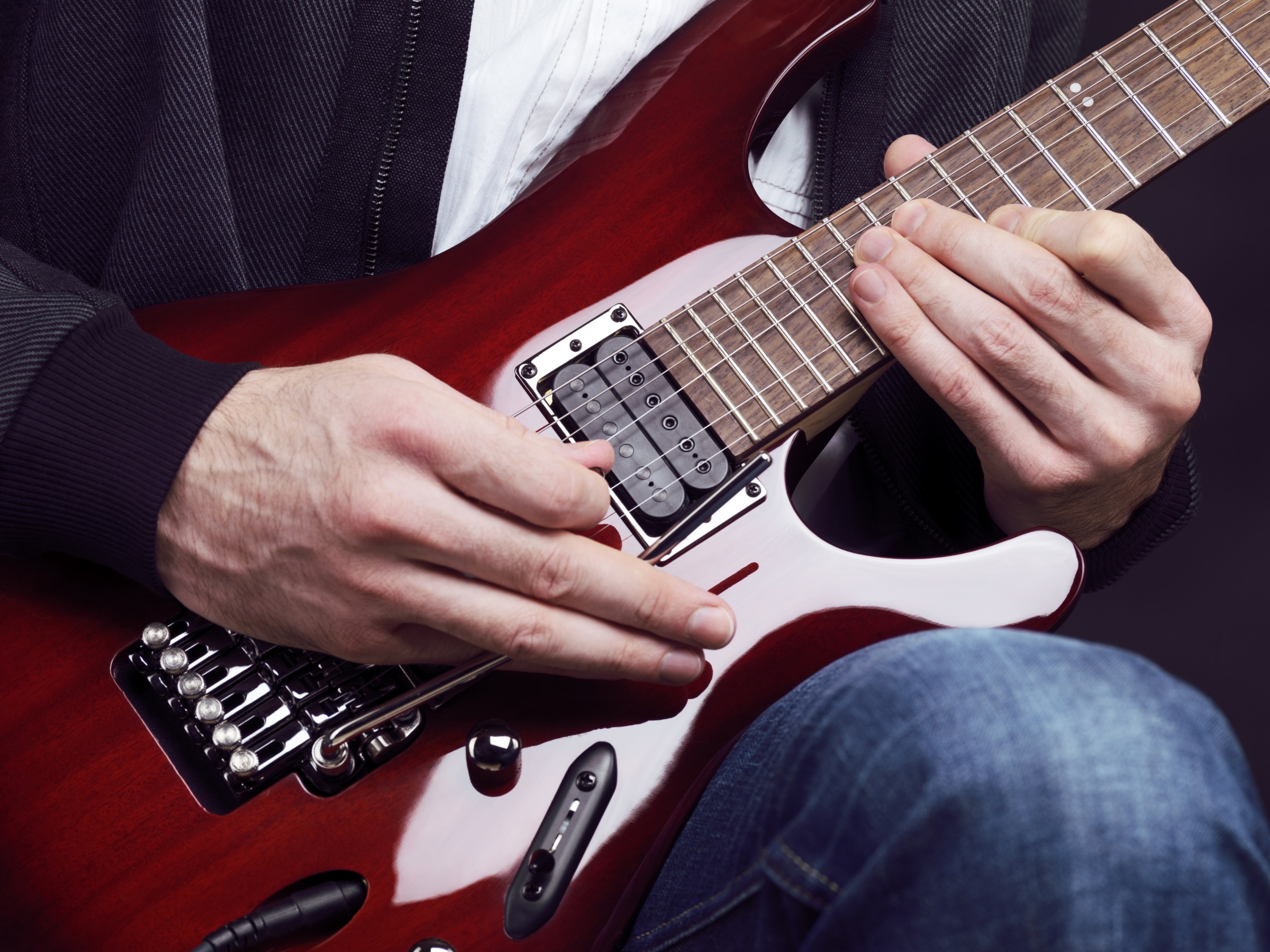
Stick at it
Learning guitar can be a struggle early on just because there's so much in front of you to learn. We know there’s a lot to master, and it might not come quickly to all of you, but the rewards will come if you stick with it and put the hours in.
Through all of this, remember that playing guitar is supposed to be fun, so play with a smile on your face in the knowledge that the hard work will pay off in spades.
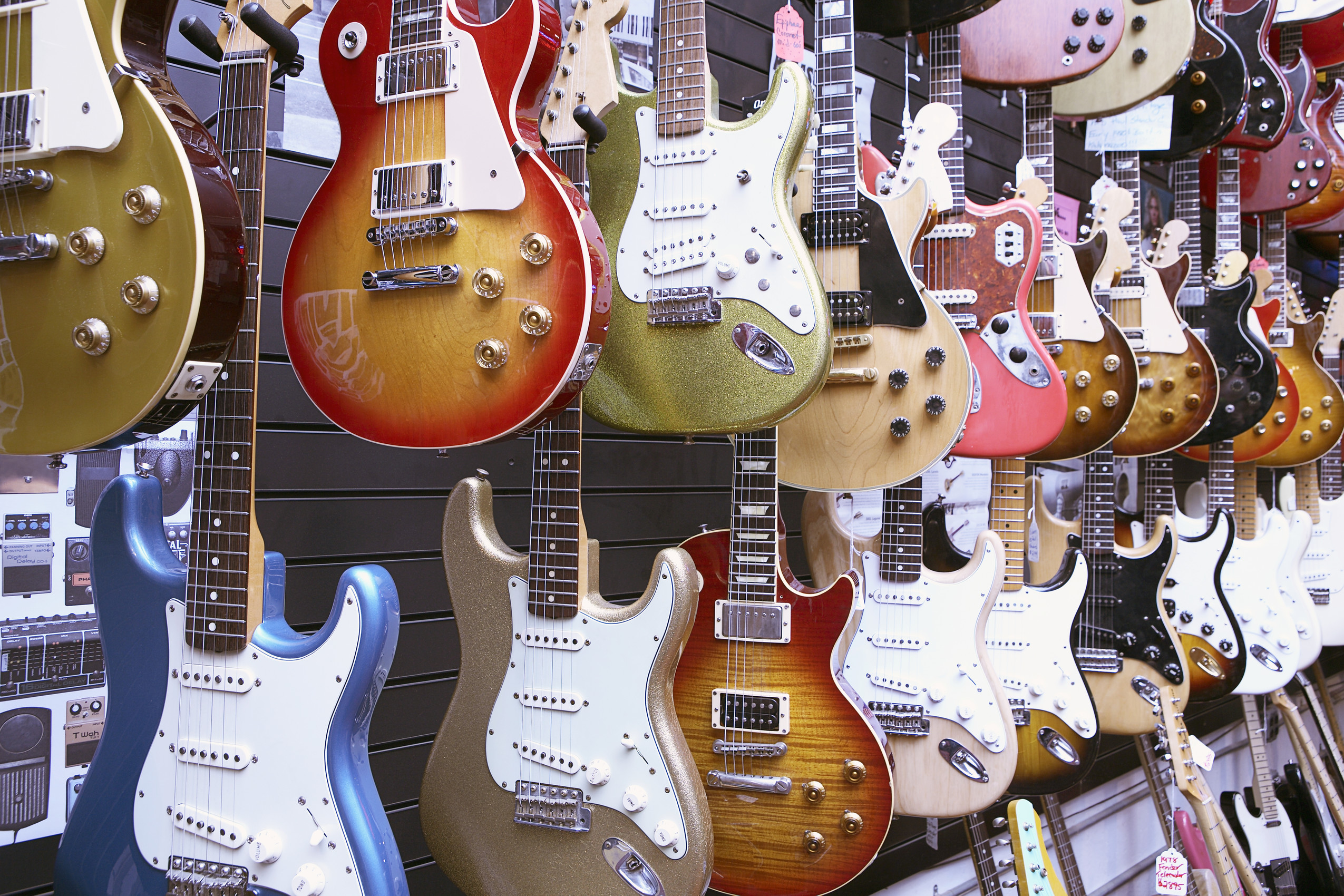
Find the right gear for you
Your sound isn’t just about the way that you play – a huge part is, of course, about the gear that you play and how that sound contributes to your overall guitar 'voice'.
Even pro guitarists take years to find the guitar and amp combination that fits them like a glove, so get down to your local music store and experiment with different guitars and amps. Once you’ve found the best fit for you, life will be a whole lot rosier.
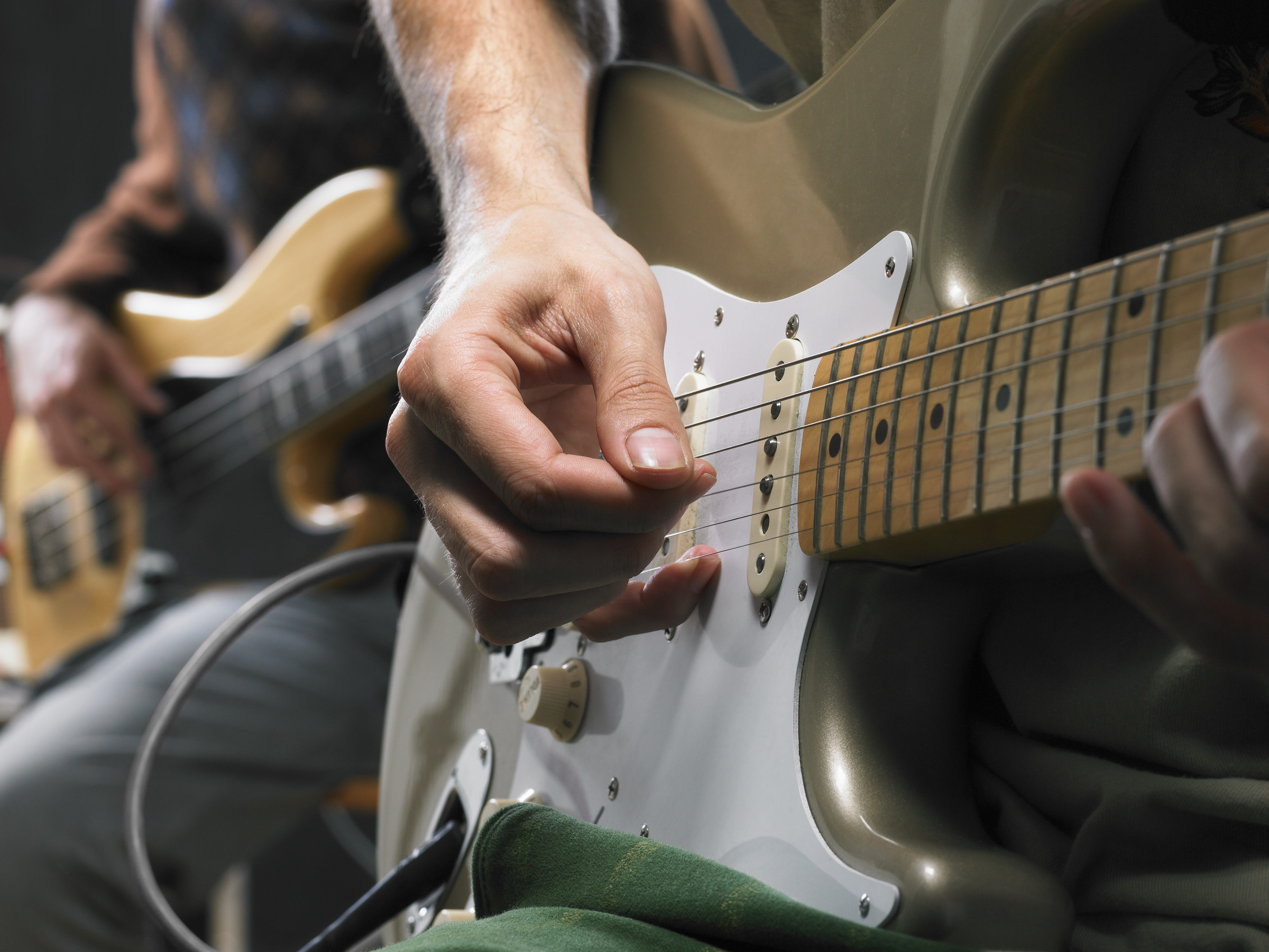
Get out and play with other people
Music is all about communication, and you will progress in leaps and bounds if you play with other people; supplying rhythm for someone else’s lead, playing ‘call and response’ with each other’s licks, even just learning when to stop playing.
Playing with other guitarists, bass players, or going the whole nine yards and forming a band, will improve your playing tremendously. Aside from the difference you will notice in your playing, you will develop in terms of confidence and how you are able to work with, and communicate to, other musicians.
Developing your ear for where your bandmates are likely to go next musically during a song is great grounding work for when you move on to more advanced areas of playing, like live improvisation. Jamming with others is a rite of passage and something that can be extremely satisfying.
Join us in celebrating World Guitar Day 2017! Get playing, and share your best guitar videos, pictures, tips and stories with hashtags #WGD17 #worldguitarday

Total Guitar is Europe's best-selling guitar magazine.
Every month we feature interviews with the biggest names and hottest new acts in guitar land, plus Guest Lessons from the stars.
Finally, our Rocked & Rated section is the place to go for reviews, round-ups and help setting up your guitars and gear.
Subscribe: http://bit.ly/totalguitar

